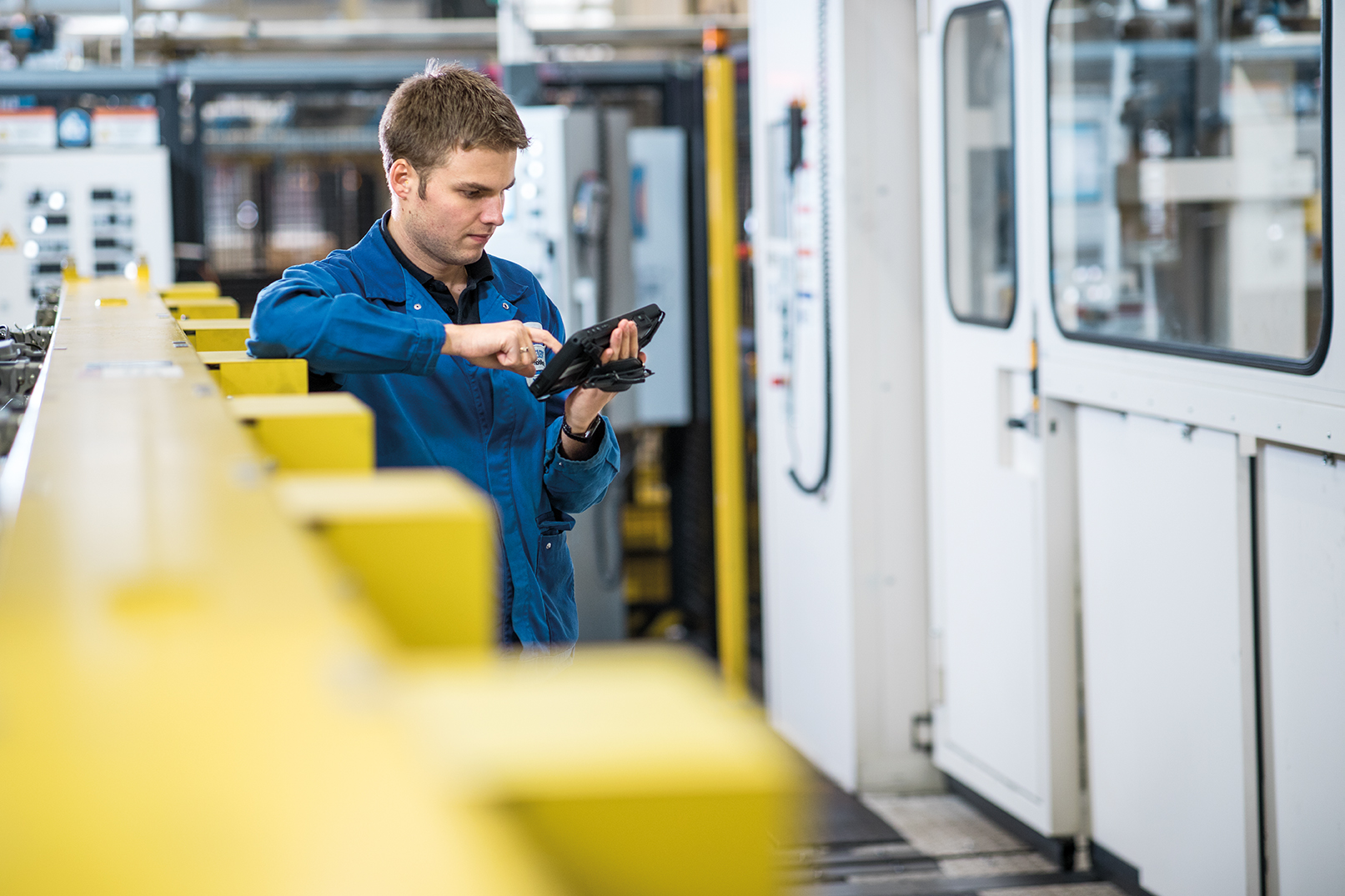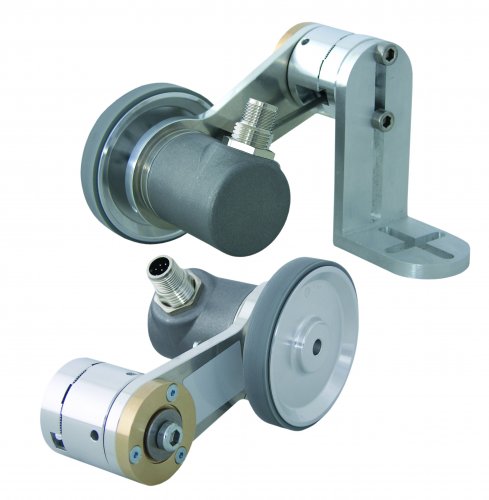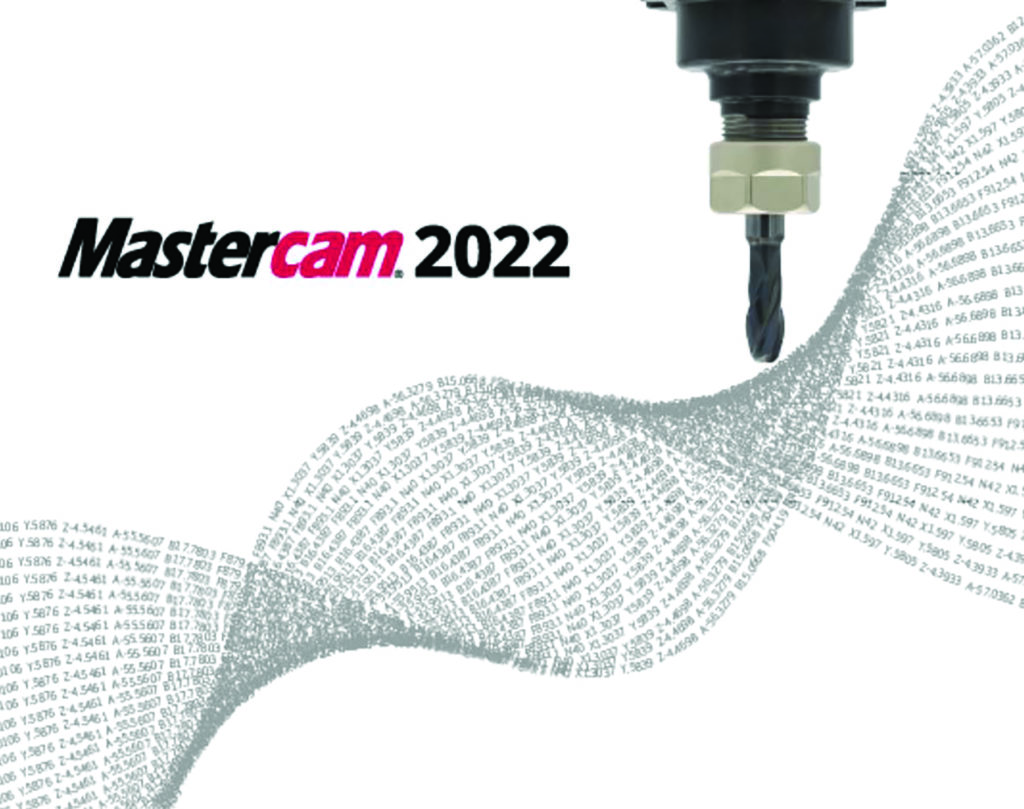Automated machine learning tool

This is the name of the software with which Weidmüller wants to spread artificial intelligence (AI) and machine learning (ML) in industry.
The application enables machine manufacturers and operators to independently tap the potential of AI and machine learning for their own application problems – for example, when it comes to making the production of milk or welding processes more efficient.
Before cream and skimmed milk are first separated in a centrifuge and then reassembled, Weidmüller’s software determines the machine’s drive and vibration data. The data show whether the centrifuge has been cleaned properly or whether there are still milk residues from the previous batch. “This can be used to advise the machine operator to carry out further cleaning in order to completely clean the centrifuge of residues. This avoids having to dispose of a very large quantity of milk when starting up for the next shift,” says Tobias Gaukstern, head of the Industrial Analytics business unit. For the dairy a real cost advantage and for Weidmüller a successful application of how their Automated Machine Learning Tool can help.
In 2014, the Detmold-based electrical engineering company addressed the topics of condition monitoring and preventive maintenance for the first time as part of the top cluster it’s OWL and gained its own experience in production. “We first used the knowledge gained from it’s OWL in our own production and achieved very good results here, which convinced us of the benefits,” says Dr. Carlos Paiz Gatica, technology expert and responsible for the it’s OWL project at the time. Weidmüller has developed its own business idea from these results.
The special feature of the Automated-Machine-Learning-Tool: The mechanical engineer and operator is neither dependent on a data scientist nor on special knowledge in the field of artificial intelligence. This is because the software guides the user through the process of model development, helps translate and archive the application knowledge into a machine learning application and provides the software components required for AI execution. This allows companies to independently enter their domain knowledge and link it to the modelling steps – in a short time. The tool enables domain experts to independently create an initial ML model for their use case in less than an hour and to execute it on the machine, which would have taken a data scientist several weeks or months to do previously within the scope of a project.
The Automated Machine Learning Tool consists of four modules for model creation, execution, optimization and management of the models beyond their life cycle. The model building module can be used to create ML models for anomaly detection, classification and failure prediction. It is precisely these models that are used in the dairy to determine whether the centrifuge is properly cleaned or whether there are quality variations. In the dairy, alternative ML models are automatically generated, optimized, validated and compared with each other based on the drive and vibration data of the centrifuge. The user can select, export and save the most suitable model according to specific criteria such as model quality or execution time or transfer it to an automatically generated execution environment. The execution environment is used to run the ML models in the cloud or in an on-premise application. It is platform-independent and scales automatically according to the number of models to be executed. A further advantage is the comprehensible presentation of the model results by the execution environment. “This allows the user to intuitively implement concrete actions, for example to avoid errors,” explains Paiz Gatica.
In addition, the user can add new events or operating situations to a machine with just a few clicks. This is because the module for optimizing ML models in operation enables the models to be continuously improved, thereby increasing the performance of the models beyond their life cycle. The fourth module manages the models over their life cycle. Here, the user has a choice of functions for versioning, recovery and model monitoring.
The first customers are already using the automated machine learning tool for testing purposes. Weidmüller plans to present the finished product at the Hannover Messe Digital Days in July.
About the Leading-Edge Cluster it’s OWL
In the technology network it’s OWL – Intelligent Technical Systems OstWestfalenLippe, more than 200 companies, research institutes and organisations develop solutions for intelligent products and production processes. With support of the State of North Rhine-Westphalia, projects worth EUR 100 million will be implemented between 2018 and 2023. The focus topics are artificial intelligence, digital platforms, digital twins and work 4.0. Named as one of the Leading-Edge Clusters by the Federal Ministry of Education and Research, it’s OWL is considered to be one of the largest Industrie 4.0 initiatives for SMEs. Over the last seven years, it’s OWL has established itself as a driver for competitiveness of the manufacturing industry in OstWestfalenLippe.





